WORLD TRAVEL NEWS ARTICLE
FRANCE
'Honfleur and Bayeux'
We had slept well on the Britanny Ferries overnight sailing from Portsmouth to Caen, arriving there well before dawn had even thought of breaking. It took us about an hour to drive to Honfleur and by 8am we were sitting having coffee in our hotel planning what to see and do. Taking the night crossings had been a brilliant idea – we had had a night’s sleep (though possibly not long enough), thereby gaining extra time to explore the 'pretty as a picture' harbour town of Honfleur at the mouth of the River Seine.

The ferry arrives
We took countless photos of Honfleur’s Le Vieux Bassin - the old dock/harbour from where early explorers had set sail for Canada and what we now know as the U.S.A., and from where goods were shipped for England following the 1066 Norman Conquest.
We had stopped to admire the cobbled streets with their half-timbered and grey slate-faced houses and had marvelled at the Église Ste Catherine, reputed to be the largest wooden church in France. It was built by ships’ carpenters from local wood at the end of the 100 Years’ War and has unusual twin naves and a vaulted roof that looks like an overturned ship’s hull. We clambered up into the wooden bell tower that was built, for safety reasons,a few yards away from the church impressed by the massive roughly hewn beams. We had sampled cider and calvados, under the friendly and enthusiastic tutelage of Albin Serrant, at La Cave Normande in the narrow rue de la Ville and pottered happily round the shops.

Honfleur Harbour
It had been our original intention to spend the whole of our four days in Honfleur, there was certainly enough to do to keep us entertained. But there was something else we all wanted to see and as it was only about an hour’s drive away we decided that some time had to be devoted to Bayeux and its famous Tapestry.

A section of the tapestry
We arrived at Bayeux fairly early that late September morning and had the Musée de la Tapisserie de Bayeux almost to ourselves so we were able to take our time examining this amazing piece of work.
There are some good scene setters – a slide show, maps and models and a film show – before visitors reach the Tapestry gallery itself. It is thought that the tapestry was commissioned by William the Conqueror’s half-brother Odo, Bishop of Bayeux and possibly stitched by Queen Matilda and her ladies- in-waiting during the 10 years following the Conquest.
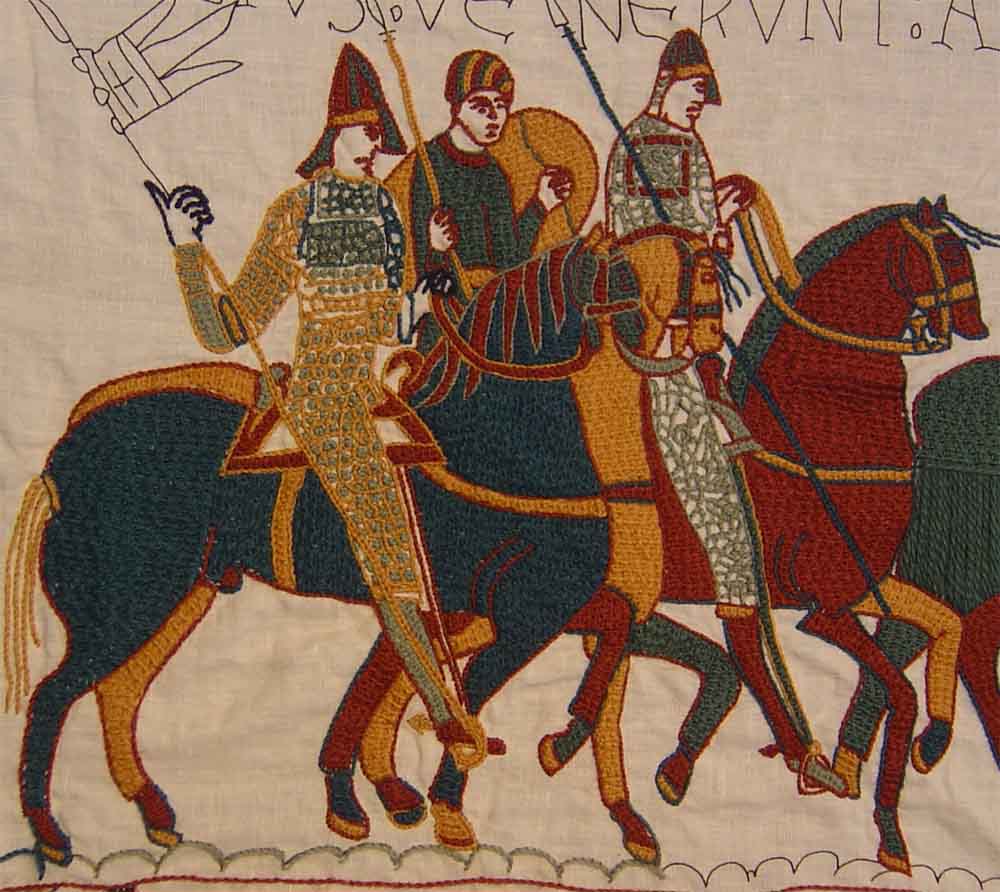
By means of pictures and inscriptions using eight shades of red, yellow and blue wool embroidered onto a linen cloth, made up of nine sections measuring some 50 centimetres high but 70 metres long, the story unfolds. It shows King Edward worrying as to who would succeed him on his death; of his brother-in-law Harold’s ambition to succeed to the throne; of Edward choosing his second cousin Duke William of Normandy as his successor and the events that followed culminating in Harold’s death.
It was probably even longer originally but part of it is missing perhaps just a few scenes depicting William’s coronation on Christmas Day 1066 in Westminster Abbey.

More scenes
With the help of the excellent audio guide it takes about 20 minutes to view the Tapestry, but thanks to the pause button it is possible to stop and examine the intricate work more closely. The needlecraft is amazing – men and horses charge into battle, arrows and spears fly, swords are raised, men turn and talk together on their fleet of ships, the old king dies - sorrowing women at his feet, branches of trees intertwine, dragons spew out fire, a bird taunts a fox. The main stitches used are a couching stitch, known as the Bayeux stick and a stem stitch used for outlining and for facial features, limbs and inscriptions. The work and detail is incredible.
Following the Tapestry we moved over to the city’s spectacular cathedral, part of which dates back to the 11th century, to see where, probably in 1077, the Tapestry was first displayed.

Bayeux Cathedral
It was as we left the cathedral that the heavens opened and our exploration of Bayeux came to a very damp conclusion. We took the scenic route back to Honfleur through La Suisse Normande. The scenery may not be as dramatic as in Switzerland but it is still very lovely, especially where the River Orne has cut its way through the rocks of the massif creating sheer gorges, cliffs and peaks. But the rain followed us and driving conditions were atrocious. We headed back to the motorway and the hotel.
Next morning the downpour of the previous day had slowed to a steady drizzle. This was the day for museums and galleries.
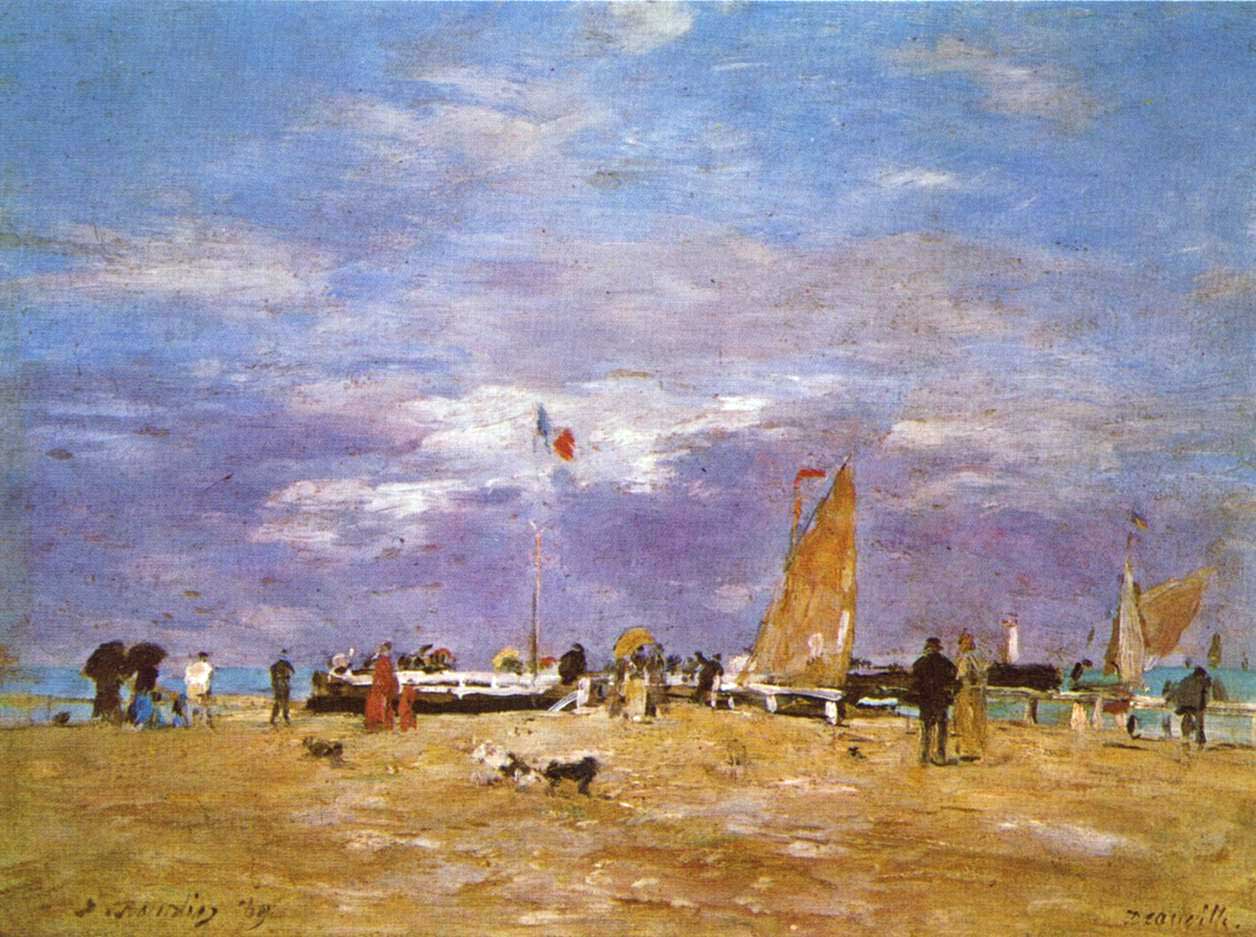
An example of Boudin's work
The Musée Eugène Boudin was a definite must-see. Picturesque Honfleur, as it still is today, was much loved by artists, and the museum was named in honour of one of the town’s most famous sons, the Impressionist painter, Boudin. It has a stunning collection of works by artists such as Boudin, Dubourg, Monet and Dufy as well as a fine collection of costumes and furniture.
We also enjoyed the Musée de la Marine housed in the old and deconsecrated Église Saint Étienne with its displays of model ships, artefacts and engravings. A few steps further away we chanced upon the fascinating Musée d’Ethnographie. Housed in a couple of old houses and a former prison it comprises several furnished rooms crammed with objects and costumes of the 16th to 19th centuries.
But the weirdest, and for me, best by far is Les Maisons Satie. No matter how many times I visit this unusual, imaginative and surreal museum it makes me smile. The eccentric composer Erik Satie was born in this creaky old house and his life is recreated by means of videos, bizarre room sets and moving sculptures.
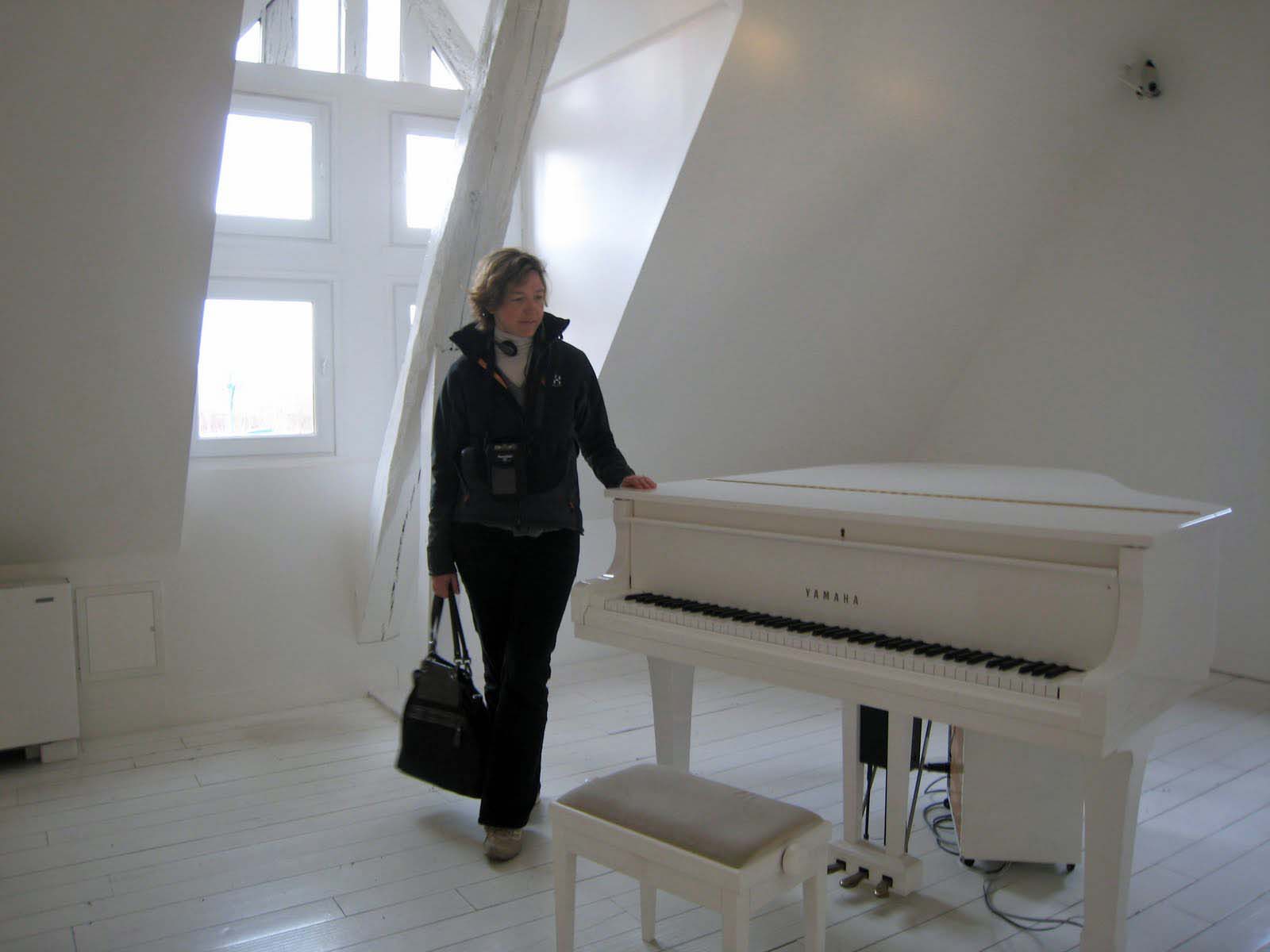
Satie's piano
Before driving to Caen to catch our overnight Brittany Ferries sailing home we did our serious food shopping. Not difficult in Honfleur. We had to buy some cider and Calvados so it was back to La Cave Normande then up to Gourmandises Normandes on Place Pierre Berthelot to stock up on local Normandy specialities for some of the specially sourced regional cheeses and charcuterie, preserves and other goodies. Back in the UK we ate exceedingly well for several days.
Visit www.brittanyferries.com and en.ot-honfleur.fr
You may also like to read
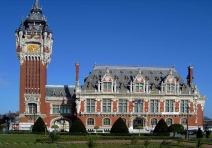
FRANCE - SUPER CALAIS FRAGALISTIC
Tour-smart's Editor Anna found plenty to do on a two day trip to the French Port of Calais.

FRANCE - NORMANDY SAFARI
Combining cheese with a zoological park, Robert Ashton weaves an interesting tapestry for Tour-smart readers.
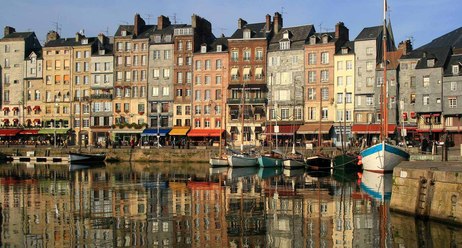
Comments